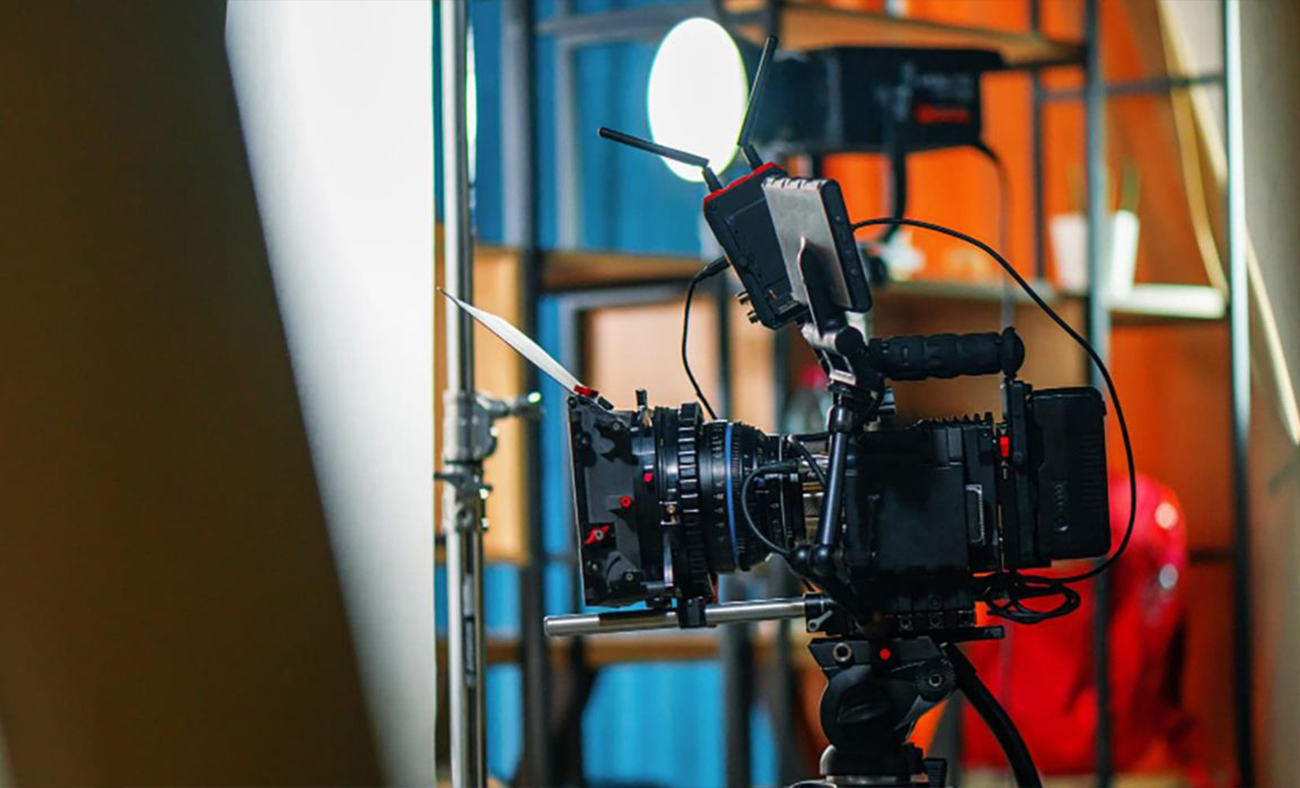
What is Pre-production stage in filmmaking and how does it happen
What is Pre-production stage in filmmaking and how does it happen

What is Pre-production stage in filmmaking and how does it happen
There are five most important stages of film production you have to know. Each stage of film production is important, but this article will focus on the pre-production stage of filming a film. The pre-production stage is the process of gathering all of the necessary elements prior to production, and it is the most important and longest stage in any cinematic or television work because it contains many steps and many important details that play a significant role in producing the work well in the end. As a result, in this article, we’ll go over the nine steps of the pre-production stage.
What is Pre Production?
Pre-production is the creative and logistical process of planning the elements required to create a feature film, television show, play, or other type of creative performance. Pre-production is the first step in a three-step process that also includes production (the actual filming or performance) and post-production, which primarily consists of editing and visual effects.

Stages of pre-production
The following are the ten critical stages that must be completed before creating any film or cinematic work:
The First Stage
The first pre-production stage is to develop an idea and write the script. Because each film requires a script to be written before filming and then converted into a filming script. By searching for topics and ideas related to the film’s story, the idea is discovered and the script is written.
The research process begins with refining the topic into powerful research questions that reveal the depth of the idea and generate a guiding path for the project that helps inform later creative decisions.
After that, the script is shown to the director, cinematographers, and actors after it has been written. The pre-production stage is when the text and scenes are changed, such as adding or deleting settings, at the request of the film director.
The second stage
Preparing the storyboard and shot lists, which, along with the scenario, serve as a good guide for the director to carry out the work with great accuracy and professionalism, is the second stage of pre-production. Storyboards are filmed script realizations that correspond with shooting scripts, creating a visual interpretation of the script for the director and cinematographer to refer to and prepare for.
While some directors know exactly what they want and can draw it themselves, storyboard artists are typically hired to bring the story to life. After you’ve seen the film. Storyboards also allow you to know ahead of time what each scene will look like, which aids in improving the scene’s concept, such as angles, shots, components, location rendering, and various transitions that will be used while editing all scenes.
Furthermore, it depicts the order in which everything is completed and prepared in a sorted and ready-to-shoot manner.

Ready to start your project?
The third stage
The third stage of pre-production is assembling the best team possible, beginning with the director of photography, executive producer, and other key positions. While some crew positions may already be attached to or recommended for a project, and others, such as writer and storyboard artist, may be assigned early in the process—you should also work to round out the entire team before pre-production begins.
After all, it is this team that will be performing many of these tasks, and the sooner they become involved in the creative process, the more valuable their contribution will be. All filmmaking, not just photography, is a collaborative effort!
The work team list consists of:
- Film director
- Film Producer
- Cinematographer
- Screenwriter
- Fashion Designer
- Director of Photography
- Editor Sound
- Actors
- Technical Director
- Make-up Artist

The fourth stage
The fourth stage of pre-production is determining the shooting location, for which a scouting team is assigned. The survey team looks for the best filming location that fits the cinematic script and the film that you will make. Of course, the workplace or location is critical and must be prepared prior to filming.
Before beginning filming, the location must be determined and booked in advance. For example, reserving a photography studio if the scenes must be photographed inside. The same is true for booking a theater, restaurant, or any other location for photography.
The fifth stage
The fifth stage of pre-production is determining the budget for the film. Determining the film’s budget will assist you in completing the production without incident. Budgeting includes providing equipment and photography tools, as well as reserving the shooting location. All of these things necessitate a budget, which must be established ahead of time. From the beginning, you must understand what you can and cannot afford.
Use spreadsheets to keep track of everything and adjust as you go. The budget stage can have an impact on a film before it even begins. If budgets do not allow for certain scenes, scripts may be changed. Production could be pushed back because more funds are needed. Now that the pre-production process has progressed, the producer or production manager will have more information to determine the film’s budget.
This stage of the video production process can be challenging because you must complete the work within the budget allotted.
The sixth stage
The sixth stage of pre-production involves carefully selecting the equipment for filming and montage in order to arrange everything and avoid wasting time later in the post-production stage. You’ll need a lot of things and equipment when making a movie, including rentals, props, building supplies, and a costume designer.
A production manager’s job often includes deciding what equipment and supplies are required for a film.

Ready to start your project?
The seventh stage
Following the previous steps, the seventh stage of pre-production is obtaining filming permits from governments and competent authorities in order to be ready and thus begin implementation. If the film requires filming in public places, you must obtain permits from governments and municipalities to film.
You also need permission to use private homes, especially if you need to move furniture or equipment, repaint walls after a shoot, and so on.
You will also require insurance to protect yourself in the event that you or a member of your crew inadvertently damages the location or rented film equipment. Finally, you may need to protect your crew from any damage.
The eighth stage
The eighth and most important stage of pre-production is selecting the appropriate cast to present the roles in the film in a professional manner. “Finding the cast is half done,” says Steven Spielberg. When making a film, you must select people who believe in your vision and are dedicated to bringing their talents and hard work to the project.
Especially since selecting the right cast is difficult because it takes time to find the right people. As a result, we recommend that you begin casting early in order to avoid delays in the film’s production.

Ready to start your project?
The Ninth stage
Auditions, continuous rehearsals, and actor follow-up prior to the start of filming ensure all actors’ commitment to work and satisfaction with the roles assigned to them and it is the ninth stage of the pre-production stages.
Finding the perfect cast can sometimes overwhelm the director with confidence, causing him to place a great deal of responsibility on the cast to be self-sufficient. The director is as important to the actors as the crew, and working with them individually and as a group is an important part of the pre-production process.
Rehearsals will ensure that when the camera is ready for action, your cast will deliver the performance that the film requires.
The tenth stage
The tenth stage of the pre-production stages is a production timetable. A production or shooting schedule is an essential tool for stakeholders to use in determining whether work is progressing as planned and managing time expectations.
The schedule represents appropriate responses to all production and related questions, and it should be updated on a regular basis.

Conclusion
These are just ten simplified stages of a multifaceted, complex pre-production process. These steps are frequently performed concurrently and in random order.
Remember, if you’re confident and prepared, you can overcome any obstacle and produce your film successfully and you can pass the pre-production steps.





